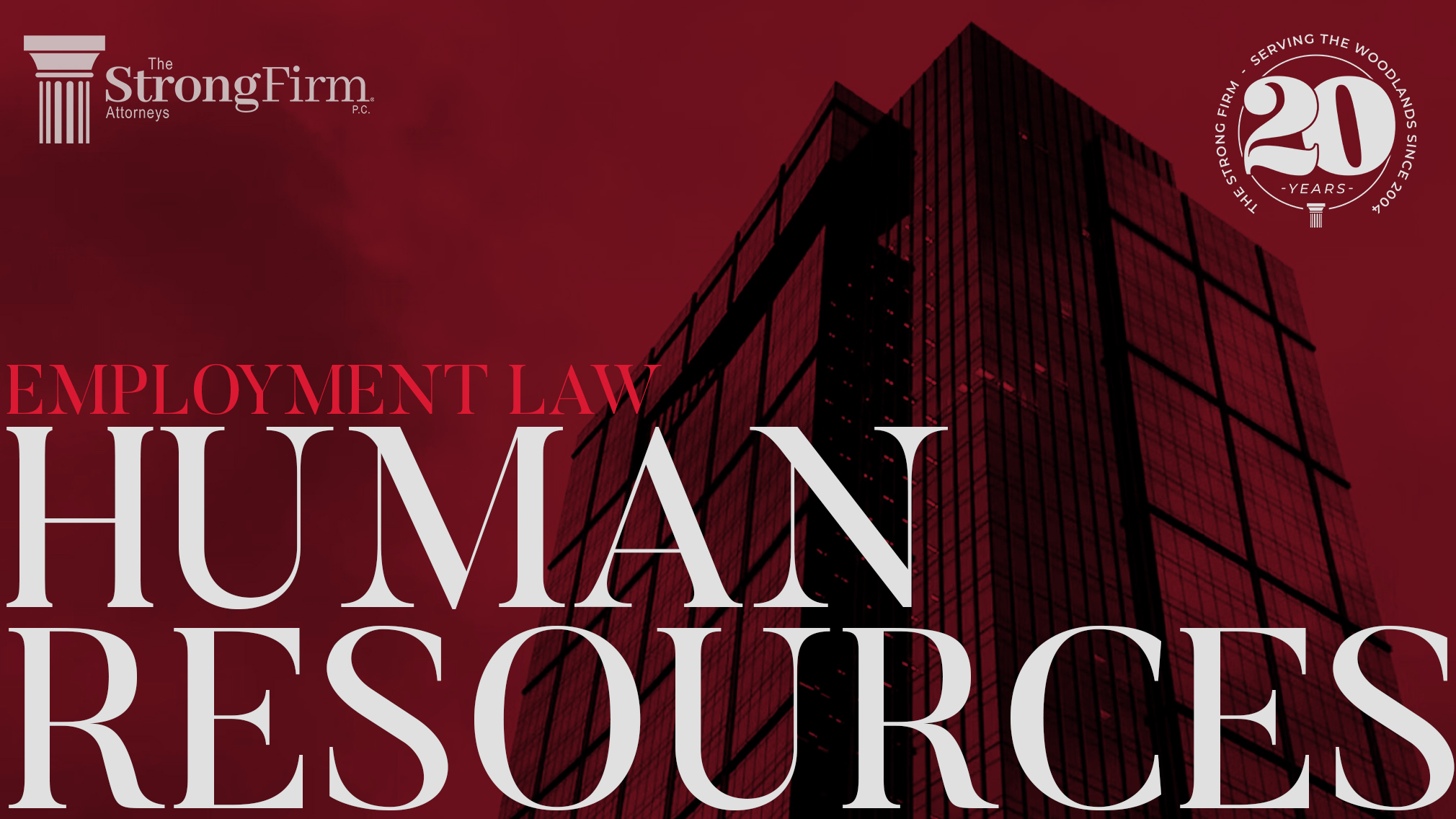Four Ways to Fund your Business Succession Plan
An important part to a business succession plan is considering how to fund your succession plan. After all, the most intricate and thoroughly considered succession plan will fail if it lacks the funds necessary it execute the plan. The method of planning will depend on a multitude of factors but ideally a business owner will pick a funding mechanism that will take advantage of current business strengths in order to (a) compensate for expected weaknesses that arise during the transfer and/or (b) utilize current provisions under the law (e.g. tax code) to create an advantage for the business.
Business owners use a variety of funding technics to navigate these issues, such as:
- Cash Sinking Fund: Stated colloquially simply, this method could be called “saving for a rainy day.” In essence, this method of funding involves the process of setting aside funds on a regular basis in order to build up the cash reserves necessary to carry the company through the succession plan. An issue that arises with this type of financing is the failure to fund. For instance, the business (or owners) may fail to put aside sufficient funds or the funds may be needed sooner than expected.
- Installment Payments: This is essentially seller financing. Under this plan the owner that is selling their interest in the company (or that owner’s estate in the case of death) agrees to accept payments from the purchaser over time. A natural consequence of stretching payments over time is that it may cause liquidity issues for the seller early on when the need for cash is usually the greatest.
- 3rd Party Lender: Some succession plans address the liquidity issues arising from installment plans by utilizing third-party financing. 3rd Party financing will allow the buyer to provide the seller with an immediate influx of cash while still deferring the seller’s payments over time. An issue that can arise with 3rd party financing is finding a willing lender. This difficulty usually presents itself when the lender determines that it is being asked to lend funds for the purchase of a company that is vulnerable (e.g. if the company is losing an owner that contributed to the company’s past success).
- Insurance: Insurance products can be utilized to allow the business to fund business succession through the payment of premiums now for a source of liquid funding later. An issue that arises with insurance funding is that it requires careful consideration to obtain the right policy from the right insurer and can, in some cases, involve some significant “tax traps” depending on the structure of your succession plan.
Each funding method has strengths and weaknesses. No funding mechanism is correct for every business or every succession plan. Accordingly, it is important to identify your goals and discuss them with your planning professional.




























